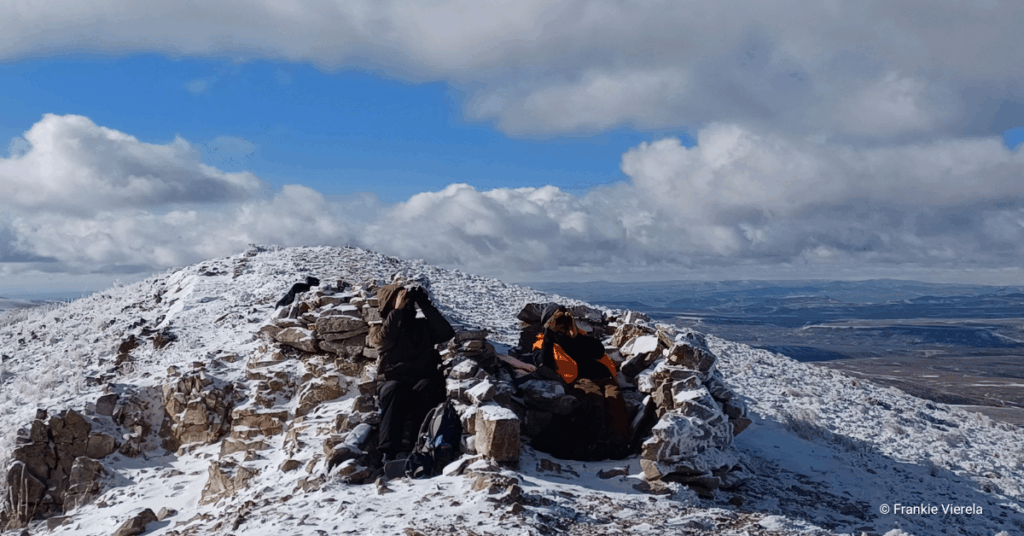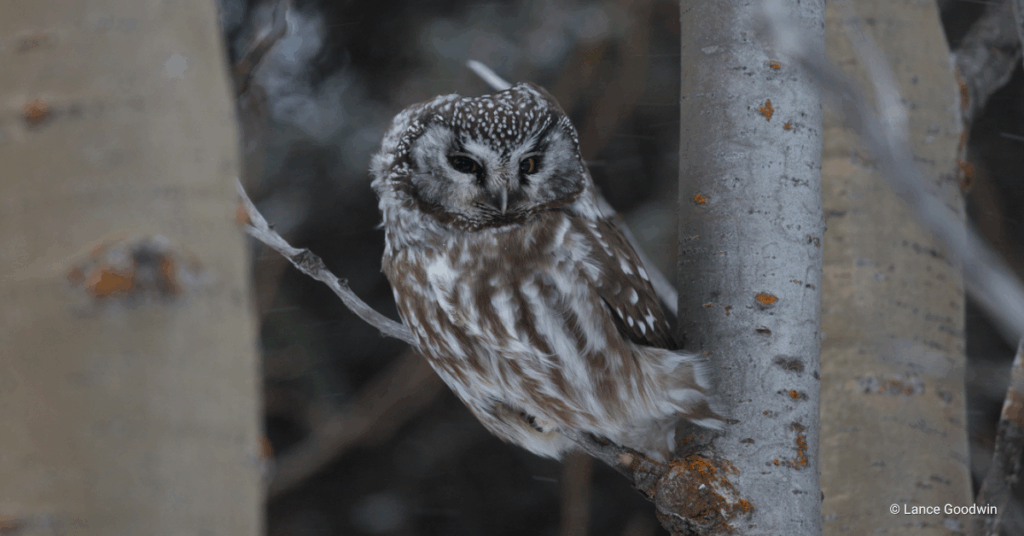Raptors can be elusive animals to work with, and even more so when researching Endangered and understudied species. Our awardees have been hard at work playing their own game of “Where’s Waldo” with their study species. Whether it be trying to observe owls in hard-to-access field sites or getting vultures to reveal their breeding locations, our awardees are showing how scientific research isn’t all that different from detective work. Keep reading to hear the latest updates from our four grantees.
Million Abushi Tiko – Hooded Vulture
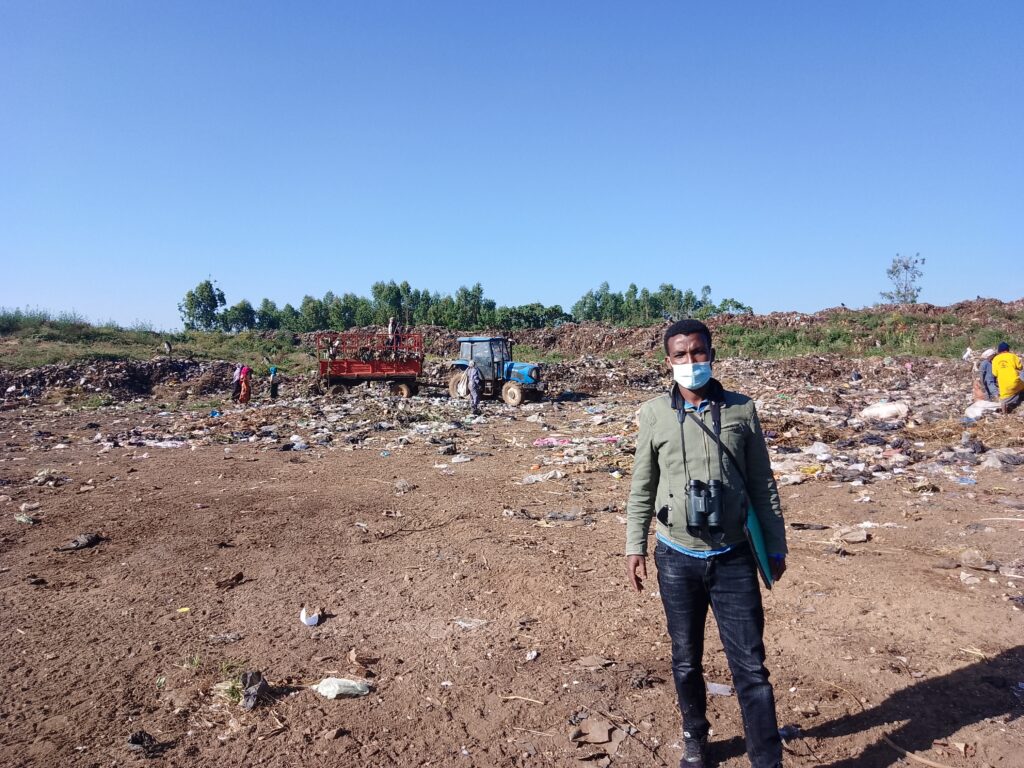
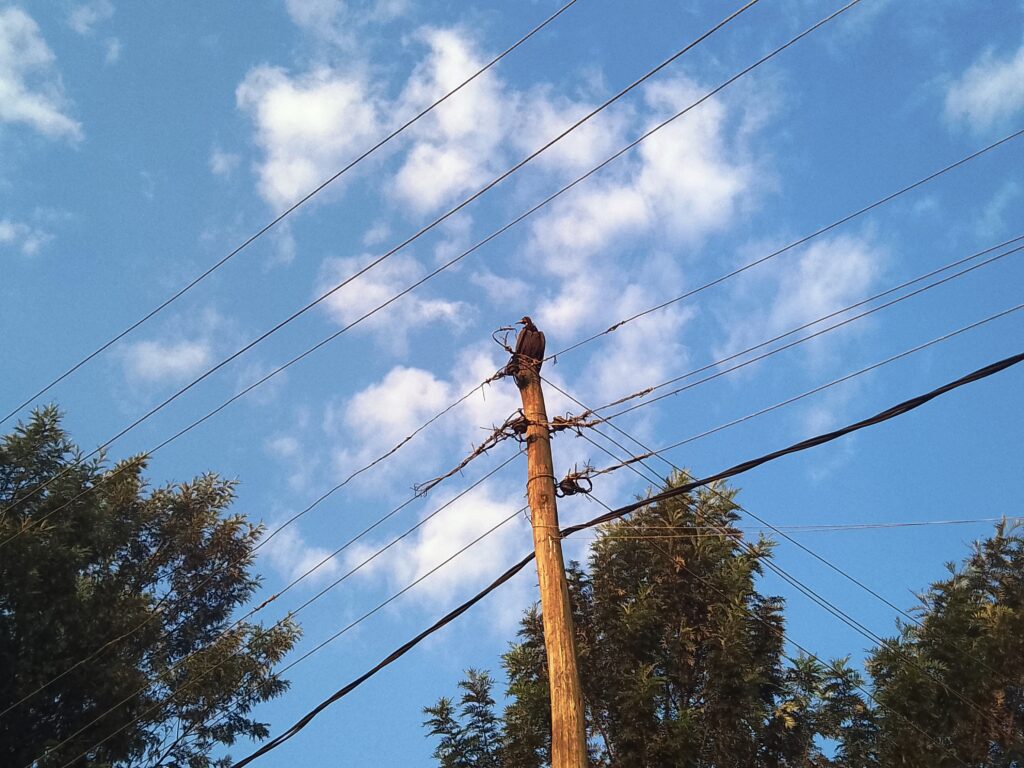
Million in the field and a juvenile Hooded Vulture at risk of electrocution.
Million and his team successfully counted Hooded Vultures in three cities of southwest Ethiopia at 12 active sites in both the wet and dry seasons. Their GPS coordinates were recorded to map their population distribution. Sadly, the team discovered six more electrocuted dead Hooded Vultures, bringing the total to 18. No other vulture species were found electrocuted in the area. They also noticed other potential threats, such as perching trees destroyed, site modifications, and other seasonal threats.
Although the team has spotted juvenile Hooded Vultures, they have yet to find breeding grounds. Over the next three months, Million and his team will focus their efforts on discovering these locations.
Asman Adi Purwanto – Javan Scops-owl
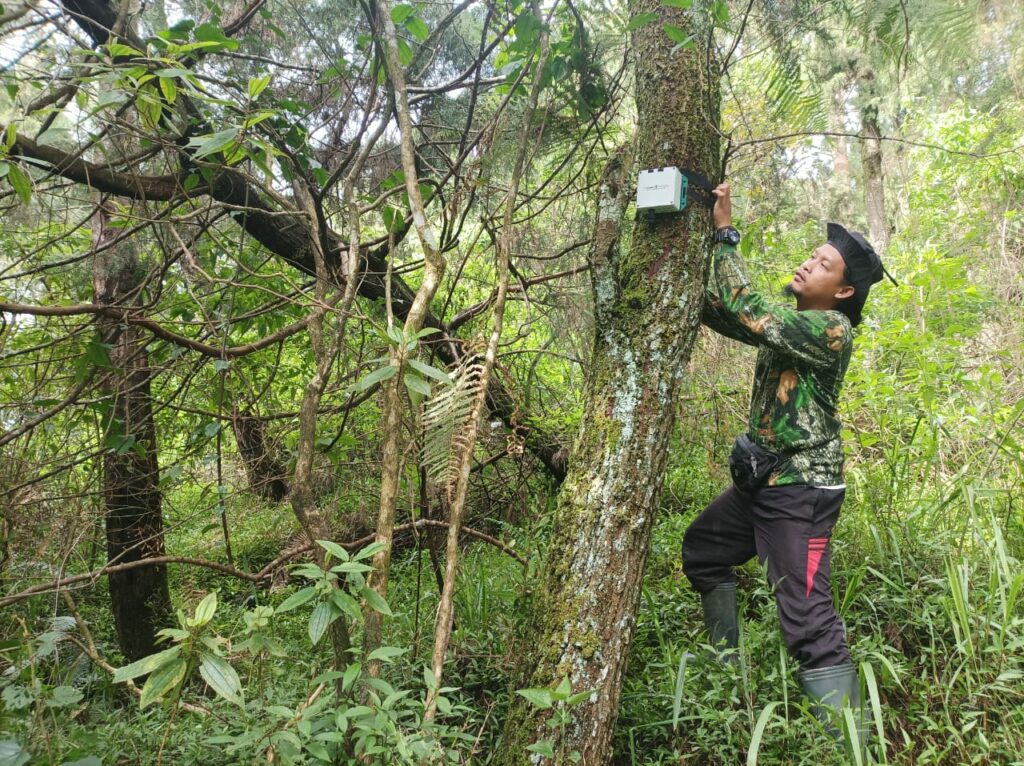

Setting up the Swiftone device and a photo of the Javan Scops-owl photographed by park ranger Jarot Wahyudi.
To understand the Javan Scops-owl distribution, Asman and his team have conducted surveys in Argoloka, Ngagrong, and Selo in Mount Merbabu National Park—a total of 8 transects with 24 observation count points. In addition to direct observation, Asman has used Swiftone recording devices to obtain 1,805 sound files in hopes of recording the owl’s vocalizations.
Studying the Javan Scops-owl does come with its challenges. These birds live high up, with the altitude of the average encounter point in Merbabu National Park sitting 2,200 – 2,500 meters above sea level. Because of this, Asman and his team have had some difficulty accessing the survey locations in the highland mountain forest area.
Going forward, Asman plans to repeat his surveys one more time, and each of the three research areas in the national park.
Marilyn Dela Torre – Philippine Hawk Eagle
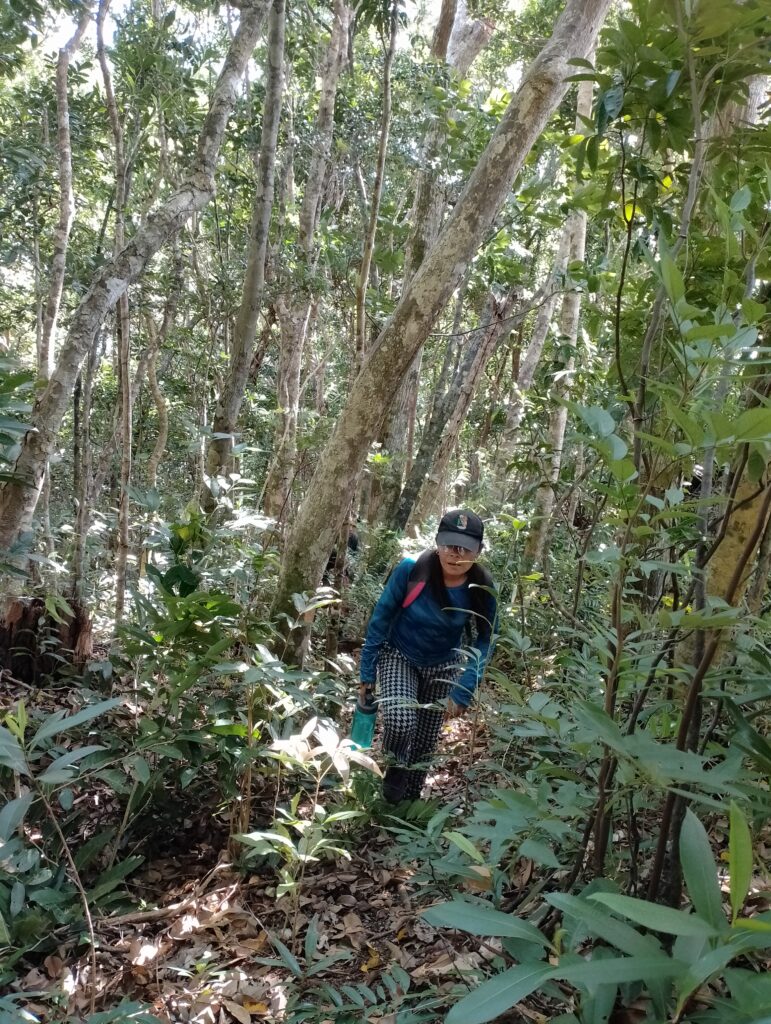
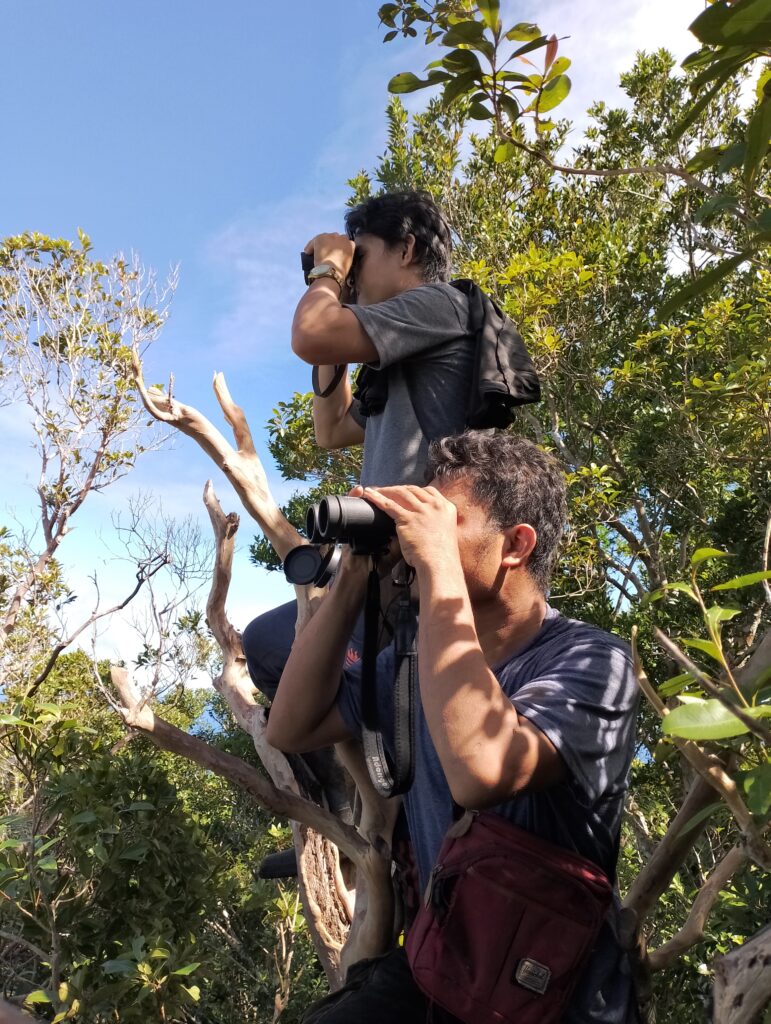
Marylin and her team in the field looking for the Philippine Hawk Eagle.
After much work training her team in raptor identification and picking out research areas, Marilyn is now in the thick of fieldwork! Her team has spent their days searching for the Philippine Hawk Eagle in the forests. Marilyn uses a point-count method, recording the encounters and coordinates of their sightings. In addition, the team will also record observations such as habitat assessment and behavioral characteristics such as feeding, roosting, courtship, or nesting.
David Rodrigues-Villamil – Cloud-forest Pygmy-owl
Did you see David was selected for follow-on funding as part of our 2023 grant cycle? You can learn more about what David will use the additional resources for in this blog.
This blog was written by Sammy Riccio, HWI’s Donor Engagement Coordinator. You can learn more about Sammy here.


